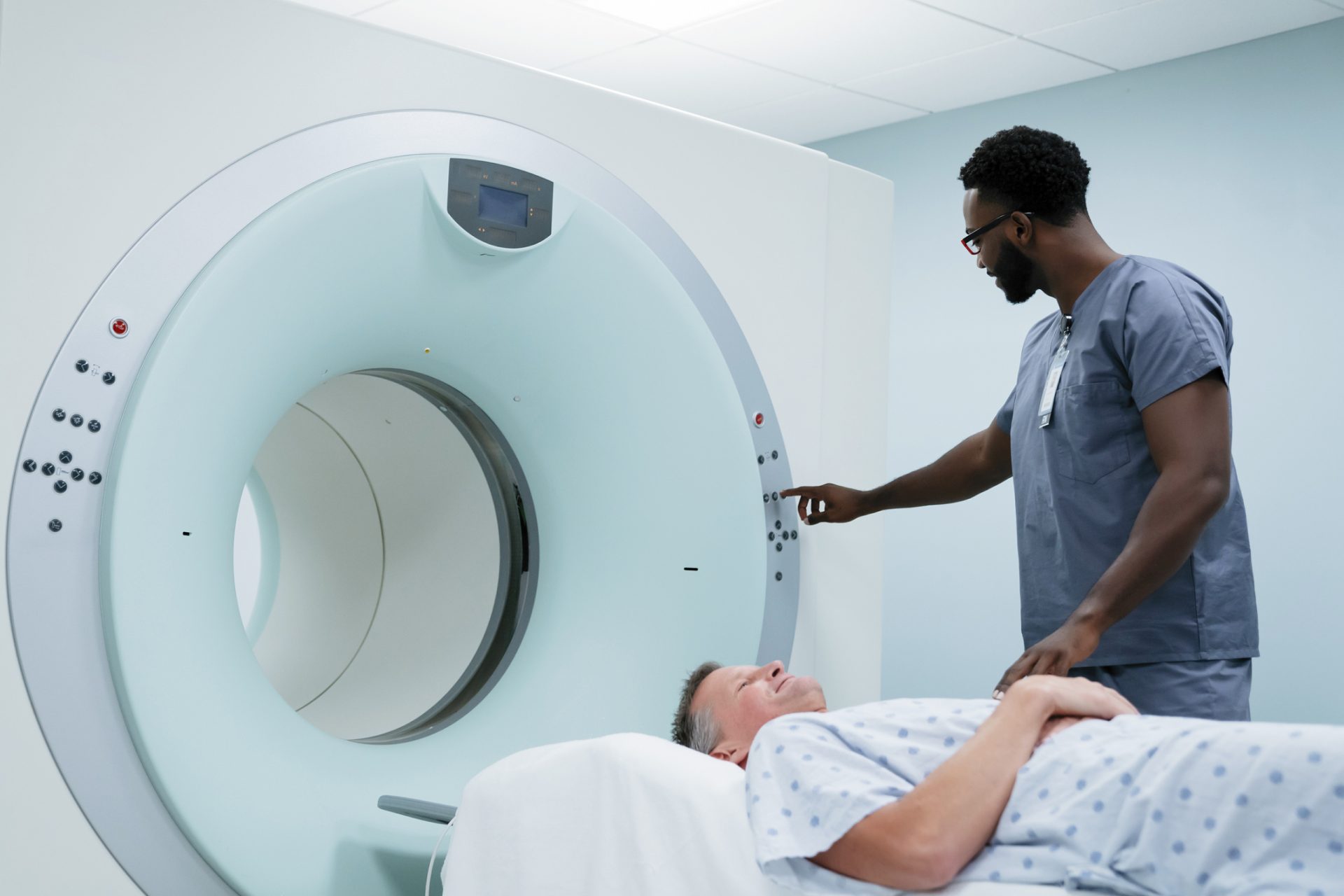This is how many Americans die each year from a wrong diagnosis
Hundreds of thousands of Americans are killed or left permanently disabled as a result of misdiagnosed diseases and medical conditions according to a new study’s findings.
Diagnostic errors are known to cause serious and preventable damage worldwide but it seems the issue’s burdens have never been adequately explored in the United States.
That’s why a group of researchers set out to discover just how bad misdiagnoses have been in the United States on an annual basis and what they discovered was shocking.
Roughly 371,000 people die annually as a result of misdiagnoses in the country while 424,000 more suffer from permanent disabilities, putting the total affected at 795,000.
Some of the permanent disabilities included brain damage, blindness, loss of limbs, or organs, and even the metabolization of cancer according to a news report from CNN.
According to CNN, researchers used data from a variety of earlier studies to examine how certain conditions can lead to serious consequences when missed by physicians.
The risks they discovered were then scaled based on a condition's incidence rate in the American population, which is how they arrived at nearly half a million people affected.
Researchers found that just 15 diseases accounted for 50.7% of all serious harm some people suffered and vascular events, infections, and cancer accounted for 75% of harm.
Vascular events, infections, and cancer were dubbed the Big Three according to a press release on the research from John Hopkins Medicine and 5 conditions were particularly harmful.
Those five conditions included stroke, sepsis, pneumonia, venous thrombosis, as well as lung cancer—which accounted for 38.7% of the total harm inflicted by misdiagnoses.
"Prior work has generally focused on errors occurring in a specific clinical setting, such as primary care, the emergency department, or hospital-based care," explained David Newman-Toker, Director of the Center for Diagnostic Excellence, the study’s lead author.
Newman-Toker said older studies didn’t address the total serious harm produced across multiple care settings and their estimations varied widely between 40,000 and 4 million.
These estimates created a problem since they weren’t accurate and what sets this new research from Newman-Toker’s research team apart is their disease-focused approach.
Looking at how misdiagnosed diseases can affect patients not only helps doctors better understand the issues can lead to harm, thereby minimizing its potential future risks.
“A disease-focused approach to diagnostic error prevention and mitigation has the potential to significantly reduce these harms,” Newman-Toker said in the John Hopkins press release.
“Reducing diagnostic errors by 50% for stroke, sepsis, pneumonia, pulmonary embolism and lung cancer could cut permanent disabilities and deaths by 150,000 per year.” the researcher added.
If all this has you worried you shouldn’t let it get to you. The researchers wrote in their paper that there’s less than a 0.1 percent chance you’ll be one of the few patients who suffer harm from a misdiagnosis according to CNN.
More for you
Top Stories






























